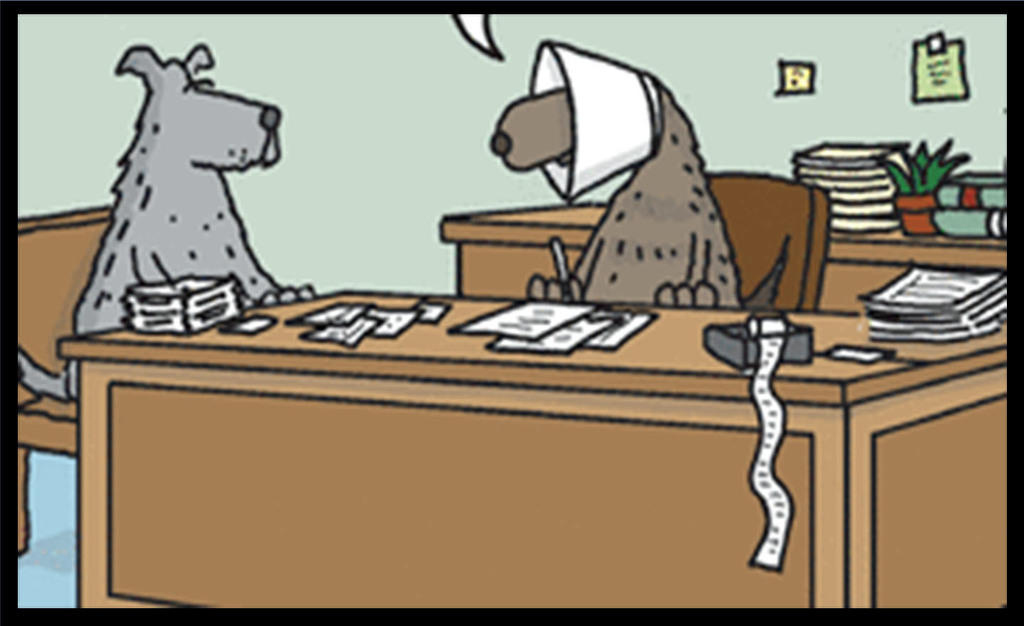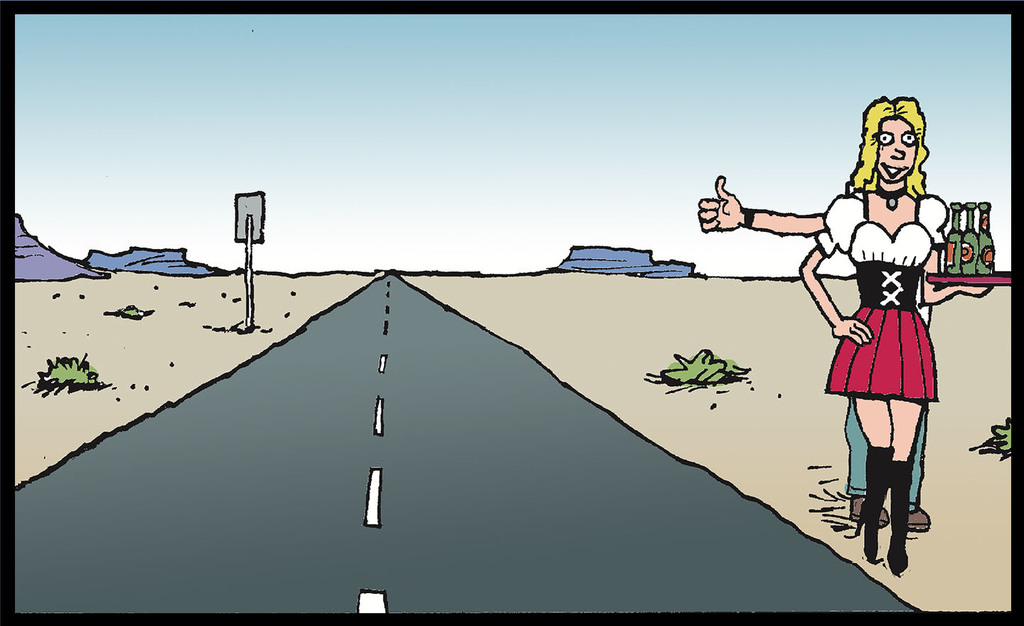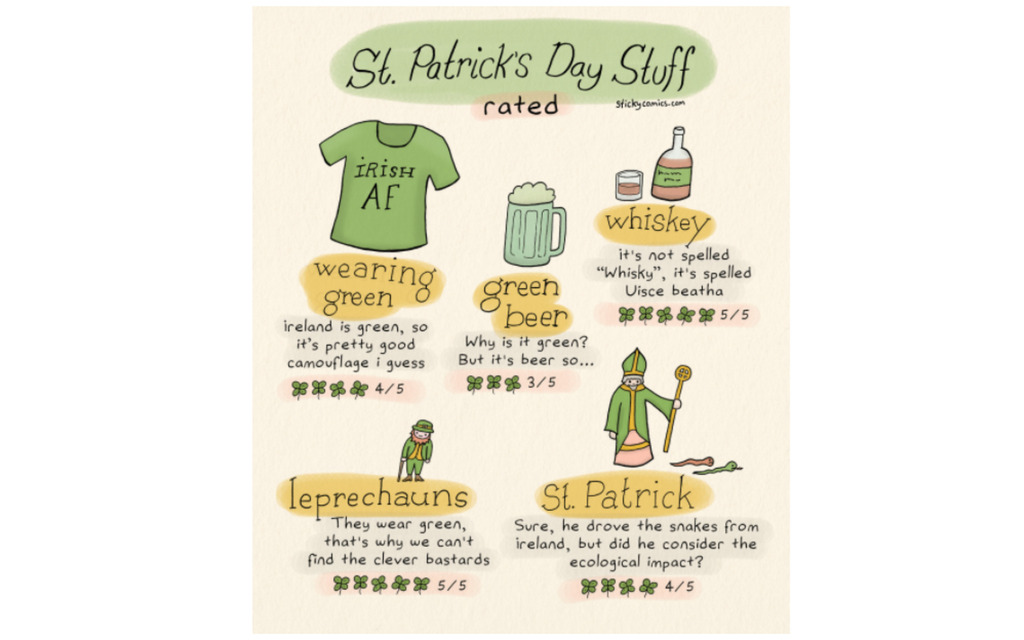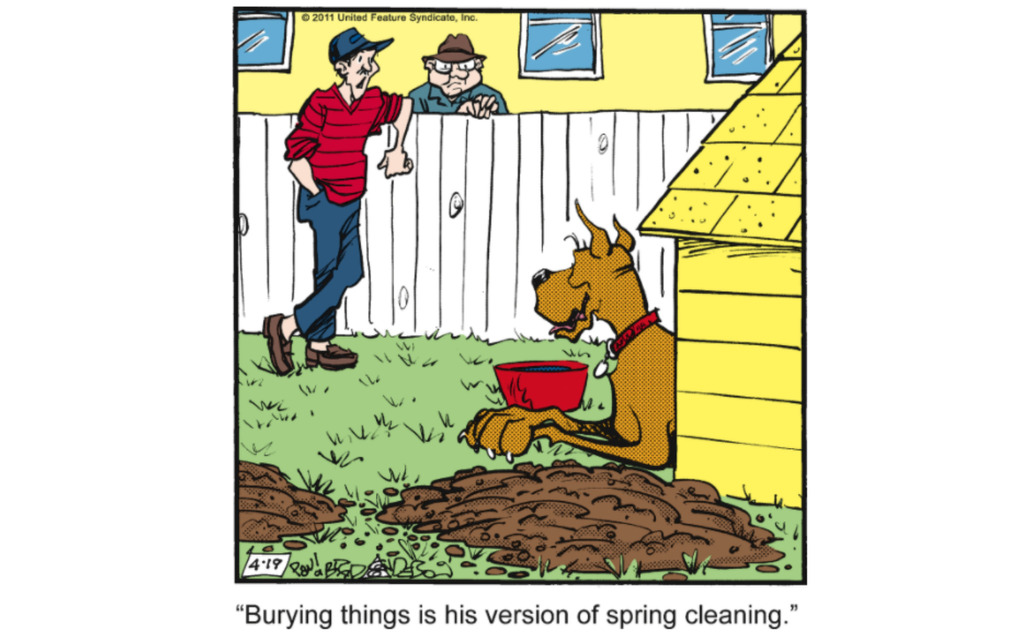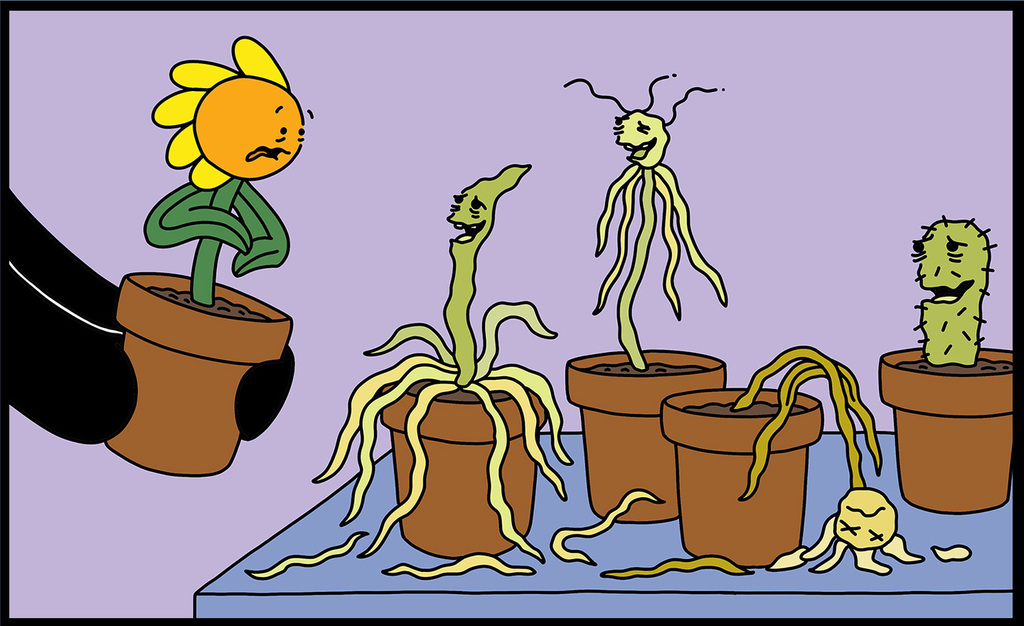"Ginger Meggs: Time Traveling" by Jason Chatfield
by GoComicsGinger Meggs has endured the test of time - read how Jason Chatfield has kept him alive!
How many characters do you know who can travel 90 years back in time into their own comic strip?
One of the great advantages of writing and drawing a 95-year-old comic strip is being able to go back over the last century and see what the previous artists did when they took over.
I had always read Ginger Meggs as a kid, and grew up with the James Kemsley-era Ginger Meggs (1984-2007). I fell in love with the cast of unique Aussie characters, as several generations had before me, so it was such a privilege to be asked to continue this strip nine years ago.
When I was a young fan, the first book I ever read was a novelization of Ginger Meggs. I then went to the library and dug up the old Ginger Meggs from the original creator, James C. Bancks era (1921-1952). Over the years, I read the whole back-catalogue (everything I could find) and have recently revisited it with fresh eyes as a writer of the strip.
I can tell you, a lot has changed in that time ... but a lot hasn't!
By virtue of its longevity, the strip has inadvertently become a time capsule of sorts, capturing the zeitgeist of each decade in which it was written. Over each artist's time working on the strip, you can see little social and historical aspects creeping into the strip's plot.
The interiors and exteriors changed, the line and word-economy changed with the shrinking of comic strip sizes in newspapers, and the Australian English vernacular changed in the strip to evolve with the readership, particularly under Kemsley's pen.
These days, no longer is Ginger seen violently fighting, or putting on blackface and singing "Mammy" (yes, that actually happened) - but he is still likely to be seen enjoying a game of backyard cricket, running his billy cart down Deadmans Hill and skipping out on school to go fishing.
That led me to the idea "... what if Ginger could travel back in time, 90 years into his own comic strip? What would he think of the world he saw back in the 1920s, '30s and '40s? What a cool idea, right? It's something I'd want to read "...
So I went about re-reading all of Bancks' original strips from 1921 to 1952 and pulling out particular frames that captured the tone, the look and feel of the time he was illustrating in these strips. He had such a great way of making Ginger fly across the page with his loose but very purposeful brush work. It's been such a pleasure to revisit and analyse the version of the strip my grandparents' generation fell in love with during the Depression, the war and the ensuing growth of the personality of the young nation of Australia.
Bancks was purportedly inspired by events in his own youth, growing up around Hornsby in the early 1900s. The fondness he feels for the era comes through in his drawing of the scenes. When Ginger truants from school to go swimming, the waterhole resembles Fishponds. Bancks and his friends knew the area well as it was a favourite haunt for the local kids.
When the railway station is shown in Bancks' strips, it has the signal box that, old-timers will recall, was situated at the end of Number 4 Platform. Many of these little nods to the area of the time are what endeared the strip to so many readers in Sydney in the first half of the 20th century.
Ginger Meggs appeared only as a Sunday strip for 75 years, so I thought the Sunday version of the strip was the appropriate place to run this idea. I placed Ginger and Benny into actual scenes that had been drawn by Bancks, lightboxing over the original panels and inserting the contemporary Ginger. I didn't want to just scan in the old strips and copy/paste them; I wanted to be able to match the tone consistently.
It was a great learning process. After the first few installments of the series, I decided to keep the speech balloons in the sepia tone, as I felt making them white, and everything else sepia-toned, was taking the reader out of the strip when it came out in print.
Although Bancks eventually had the strip running in colour, I wanted to keep the "old-world" feeling consistent as I sampled various panels from his 31-year reign. You can see Ginger's face evolve in this series as I've drawn him from the 1924 through to his 1952 incarnation.
I don't want to spoil the storyline of the strip, but I've provided GoComics an exclusive sneak peek of a selection of panels from the upcoming installments that might whet your appetite and keep you guessing.
I hope longtime Meggsie readers will enjoy reading this series as much as I did drawing and writing it. It truly is a privilege to work on Ginger Meggs and I hope to do so for a long time to come. It's been very encouraging to have Universal Uclick behind Ginger as the strip transitions from a century in Print to an exciting new generation of readers.
Ginger has been educating the world about the Aussie culture, language and lifestyle through its wide syndication, translated for various countries. It continues to be one of the longest-running comic strips of all time.
I'll be at San Diego Comic-Con in July and New York Comic-Con in October, where I'll have limited edition complete hard-copy booklets of this series. These will also be available in ePub, iBooks and PDF format through the Ginger Meggs online store later in the year. Join the Mailing List and follow Ginger on Twitter and Facebook to stay up to date with coming announcements and signings.
Ginger Meggs appears every single day of the week on GoComics.com Thank you, as always, for reading!
-Jason





